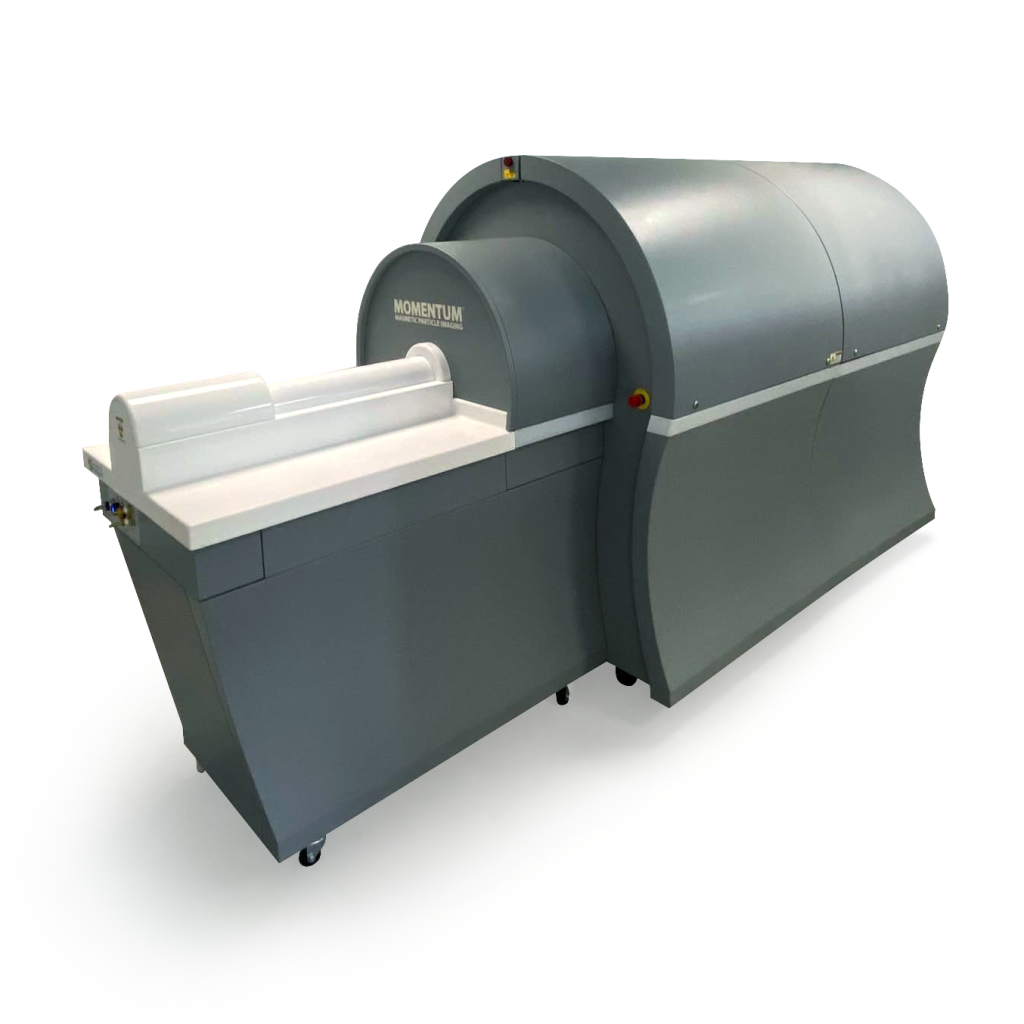Products
Magnetic Insight is a pioneer and manufacturer of preclinical Magnetic Particle Imaging (MPI) systems for use with in vivo models.

Explore our pre-clinical product offerings:
Momentum CT
Market-leading MPI imager, now with integrated X-ray/CT
VivoTrax and VivoTrax Plus
MPI-optimized tracers for multiple applications, including cell tracking
Relax
MPI relaxometry software option for the Momentum CT MPI System
MagImage
Image processing and analysis software for MPI included with our systems
Consumables
Purchase reagents or replacement beds
Support
Submit a request for help with your imager or reagents.
